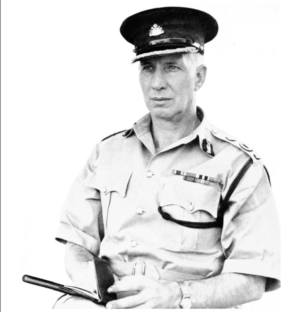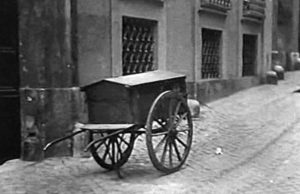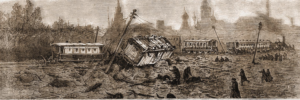I’ve written a few times before about ship IEDs, which typically are massive devices sailed into an enemy port and then exploded after the crew flee. You can see my earlier posts on the subject by following the “Ship IED” link in the right hand column to this page. The earliest I have is 1584 and the “Hoop” used against the Spanish in Antwerp, and the latest is HMS Campbelltown used against the Germans in St Nazaire in WW2. In one of my earlier posts I mentioned in passing that such devices were used by the Royal Navy against Dunkirk in the 1690s. I have used a number of sources and there are some odd date discrepancies. The main attack on Dunkirk appears to have been on 1 August 1695 but I think there were other attacks at least one other using a “machine vessel”.
I have now found more details of these ship born IEDs used against Dieppe and Dunkirk in 1694 and 1695. The explosive component was designed and built by a Dutchman, Willem Meesters, who was contracted by the Ordnance Board in 1690 to provide the devices and convert a number of small ships. Meesters, favoured by the King, was appointed by the Board Of Ordnance to be “Storekeeper of the Ordnance” in the Tower of London in 1691. The attack on Dunkirk in 1695 was a complete failure and there was much recrimination between those involved and some of the blame was apportioned to Meesters. He was accused of “Cowardice and Misconduct” by the commanding admiral. The attack on Dunkirk, as did other attacks in that era on St Malo and other targets used a range of special ships. and it is important to understand the differences:
a. “Bomb Ships” are not ships designed to explode, they carry large mortars and bomb the target from close to shore
b. “Fire Ships” are disposable ships, which are set fire to and drift into enemy shipping, causing confusion, smoke obscuration and hopefully set fire to ships they collide with.
c. “Machine ships” are the ones we are interested in, with “infernal machines” which explode. They may be disguised as fire ships.
The technical detail of Meester’s “machine ships” is described in his proposal to the Ordnance Board. He proposed to use a watertight metal box fitted with a clockwork mechanism which acted on a flintlock as the initiator for other explosives. Around this box were packed barrels of gunpowder, scrap metal and “fireworks”. Some of his vessels were designed to explode with great violence and others simply to provide smoke screens.
Meester’s design, in general principle, is identical to both that of the “Hoop” in 1585, and the Campbeltown in 1942 – a mechanical time fuze set to initiate a massive improvised charge in a ship. I still find it fascinating that this near identical history of ship IEDs stretches so long over the centuries.
In May 1692, Meesters was authorised to purchase a number of vessels in which his ‘machines’ could be fitted. He bought, at first, seven vessels and some months were spent fitting them out for his purpose. All the ships were former Dutch merchant vessels. These were renamed, and by 1694 were based in Portsmouth, each with a crew of 10. A number of these were paid off and not used but the ones deployed operationally which exploded were:
1. Abram’s Offering, a 55ft vessel under Commander Edward Cole. This ship was recorded as “expended” during the Dunkirk attack in “September 1696”.
2. Saint Nicholas, a 70ft vessel under Commander Roert Dunbar. This was exploded in an attack on Dieppe in July 1694.
Then a series of smaller vessels were bought, each with a crew of 4. These were never used.
In 1695 four larger vessels were purchased and all were exploded in an attack on Dunkirk in August 1695. I have only the names of these vessels – Ephraim, Happy Return, Mayflower and the Wiliam and Elizabeth. All four of these “machine vessels” were set too early and didn’t get close enough to shore and caused no damage to the Dunkirk targets when they exploded. The admirals were not happy, Meesters was arrested, made to demonstrate another device, which itself failed. But he seemed to retain the patronage of the King, and remained in his official position at the Tower of London until 1701.
Despite the attack being a failure, I have found a treasury record that he was paid (three years later), the large sum of £3222 for provision of these machine ships for the attack on Dunkirk.




